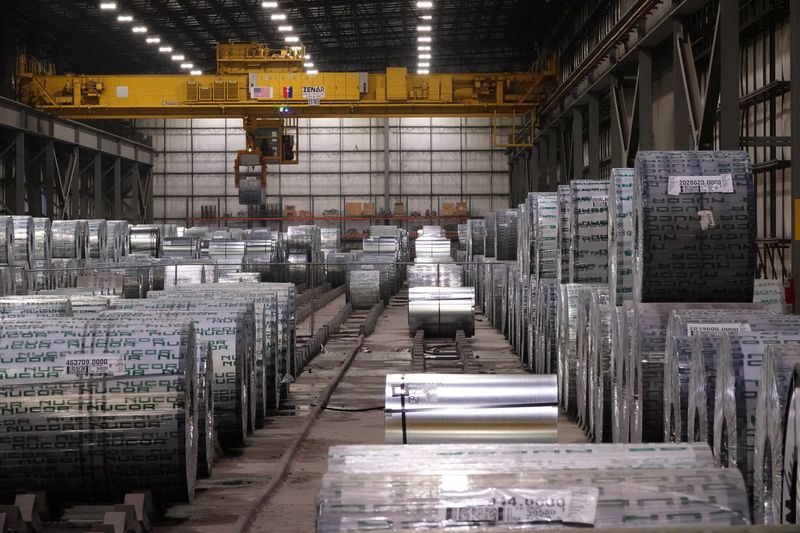
U.S.-UK Trade Agreement: An Overview
The U.S. and the U.K. recently signed a landmark trade agreement during the G7 summit. It addresses several key industries, and aims to reduce import tariffs for British automotive and aerospace sectors. This will benefit both nations. U.S. President Donald Trump and British Prime Minister Keir Starmer confirmed the agreement. It grants British automakers an annual quota of 100,000 cars that will be imported into the U.S. at a reduced tariff rate of 10%. The agreement also eliminates U.S. tariffs on British aerospace products, including aircraft parts.
However, despite the success in these sectors, the steel tariff issue remains unresolved. While both parties expressed a commitment to progress, they have not yet reached an agreement on reducing U.S. tariffs on British steel to zero, as initially planned. This issue is still under discussion. The U.S. government continues to review the specifics of the tariff quota for British steel imports.
The British Steel Tariff: Ongoing Discussions
The most contentious aspect of the U.S.-U.K. trade deal concerns British steel imports to the U.S. While the automotive and aerospace sectors have seen immediate relief, British steel has yet to receive a definitive tariff reduction. The agreement stipulates that the U.S. Secretary of Commerce will determine the final tariff quota for British steel, aluminum, and their derivative products. This could potentially alleviate the tariffs imposed during the Trump administration.
The UK government remains optimistic, aiming for a 0% tariff on steel products as part of the broader trade negotiations. However, British steel manufacturers, particularly Tata Steel, are seeking clarity on the matter. The company, which operates a large steel mill in Port Talbot, is concerned that certain products may be excluded from the agreement due to their origin. This could potentially lead to an unfavorable outcome for the UK’s steel industry.
Broader Trade Dynamics: European Union and Canada’s Response
The announcement of the U.S.-U.K. deal comes at a time of ongoing trade negotiations with other global partners, particularly the European Union and Canada. On June 16, the European Commission denied rumors that it was prepared to accept a fixed U.S. tariff of 10% on European goods. Negotiations between the U.S. and the EU remain ongoing. No final agreement has been reached at this stage.
Meanwhile, Canadian Prime Minister Mark Carney confirmed that Canada is working toward a new economic and security agreement with the U.S. Both sides aim to finalize the deal within 30 days. While progress is being made on several fronts, the future of the U.S. steel tariff remains a key issue for both the U.K. and Europe.
SuperMetalPrice Commentary:
The U.S.-U.K. trade agreement marks significant progress for sectors like automotive and aerospace, but the unresolved steel tariff issue highlights the complexity of global trade negotiations. The delay in addressing steel tariffs, particularly for major players like Tata Steel, underscores the ongoing challenges faced by the steel industry. As the U.S. assesses its tariffs on British steel, the industry must prepare for possible shifts in market conditions. For steel producers and exporters, these discussions are crucial. Any changes to tariff structures could significantly affect pricing strategies, supply chains, and international competitiveness in the long run.











Leave a Reply
You must be logged in to post a comment.